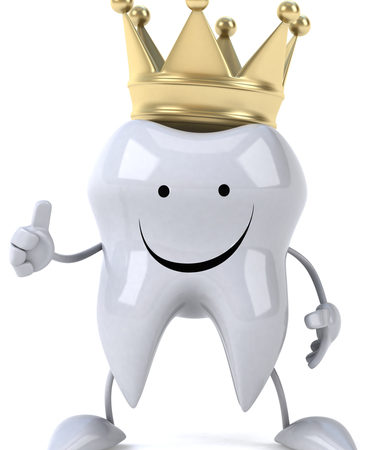If you are like most people, when you make an important recommendation, you often put a timeframe around it; otherwise your suggestion does not carry as much weight. The same goes in dentistry. You can deliver an effective treatment presentation, but when you fail to make a recommendation about when patients need to schedule, your recommendations carry less weight. Timeframes convey a sense of urgency and importance.

If you recommend treatment without setting a timeframe for scheduling, some patients will leave the operatory without understanding the need for treatment. Once again consider your own life experiences. If your mechanic suggests replacing your belts, for example, but does not recommend getting it done in the next month or before your next oil change, when are you going to do it? Some people will schedule right away just as some of your patients will schedule at the very mention of a treatment need. But most people will leave their car repair shop without scheduling, and they will file the need for new belts away until a later time. Many of your patients do the same thing.

Therefore, if you want to guide more patients to schedule, make sure you put a timeframe around scheduling. Consider letting patients know—in a relaxed yet confident manner—that you recommend they schedule for treatment as soon as possible or as soon as you can get them scheduled. When patients understand the recommended timeframe, they also understand the relative importance of treatment as compared to other things they need to schedule. This will motivate your patients to make dental treatment a higher priority.
